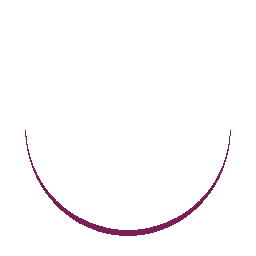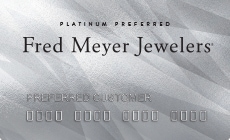Diamond Color
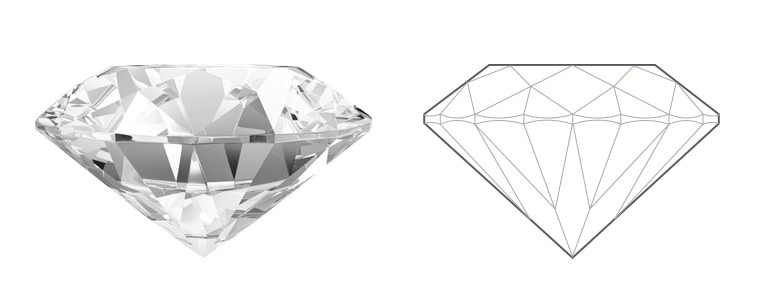
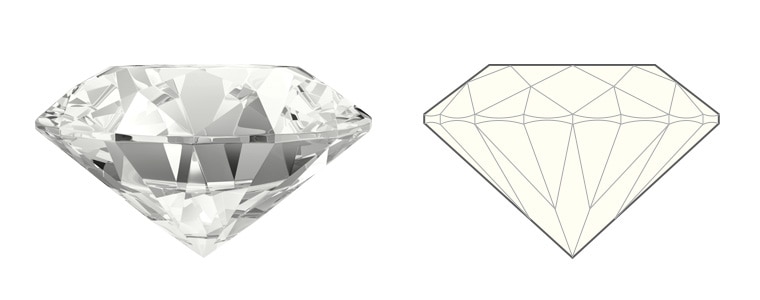
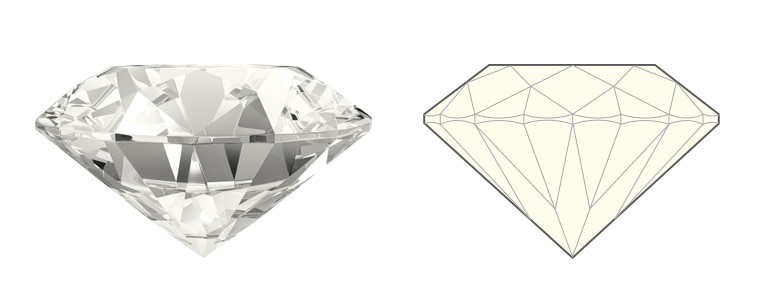
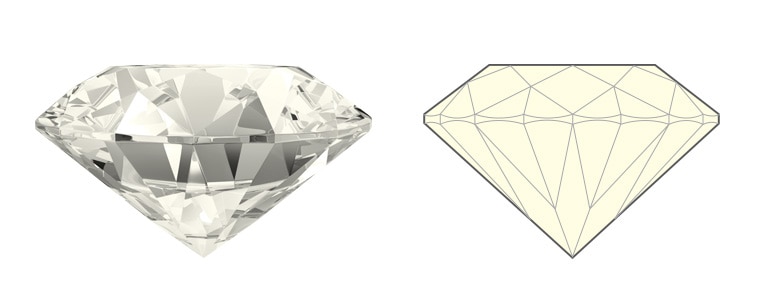
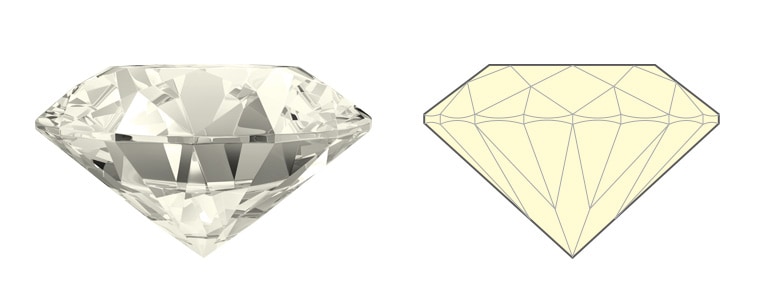
D-F - Colorless
D is the highest color grade. D color diamonds are absolutely colorless and extremely rare. E and F color diamonds are essentially colorless—only a trained gemologist can detect differences between D, E, and F grades. To maximize the colorless effect, we recommend a platinum or white gold setting.
G-J - Near Colorless
Mounted diamonds appear colorless. To maximize the colorless effect, we recommend a platinum or white gold setting.
K-M - Faint Yellow
Diamonds smaller than 1/2 carat appear colorless when mounted. Larger diamonds have noticeable color. Yellow gold is the preferred setting for diamonds in the K-M color range.
N-R - Very Light Yellow
Diamonds have noticeable color.
S-Z - Light Yellow
For most consumers in the market for a colorless diamond, S-Z diamonds have too much color.
The closer a diamond is to being totally colorless, the more rare and valuable it is.
Although many diamonds that are used in jewelry appear colorless, very few are totally without color. Most diamonds in the jewelry market range from near colorless to light yellow.
Diamonds are graded for color using the Gemological Institute of America (GIA) color grading scale. The GIA color grading scale ranges from D to Z, or colorless to light yellow. Diamonds graded D-E-F are considered colorless while diamonds graded G-H-I-J are considered near colorless. Colorless and near colorless diamonds are sometimes referred to as "white."
D color diamonds are the rarest. That means that with all other factors being equal, a D color diamond is more valuable than diamonds of lower color grades. In other words, a diamond graded D costs more than a diamond graded G.
Color doesn't affect how diamonds handle light. The proportions of the cut are what maximize the brilliance, fire and sparkle of a diamond. For this reason, a J color diamond may be just as brilliant and beautiful as a D color diamond. All factors being equal, a D color is rarer and therefore more costly, but don't confuse rarity with beauty.
Color is more pronounced when the diamond is viewed loose against a white background. This is most evident in diamonds that are face-up colorless, meaning they may display a slight amount of color when viewed face down against a white background, but appear colorless when mounted in a setting. To evaluate color, a skilled grader uses specially-designed lighting in carefully controlled conditions. The diamond being graded is compared to master stones, or a set of diamonds of known color.
Fancy Colors
Diamonds occur in variety of colors such as blue, orange, red, green, pink, purple and black. The coloring is caused by trace elements, like nitrogen (in yellow diamonds) and boron (in blue diamonds) and/or crystal structure distortions. Colored diamonds are not graded on the same D-to-Z color grading scale. They are evaluated based on their hue, tone and saturation.
- Hue refers to the pure color: red, blue, green, etc.
- Tone refers to how light or dark the color is.
- Saturation refers to the intensity, or purity, of a color.
